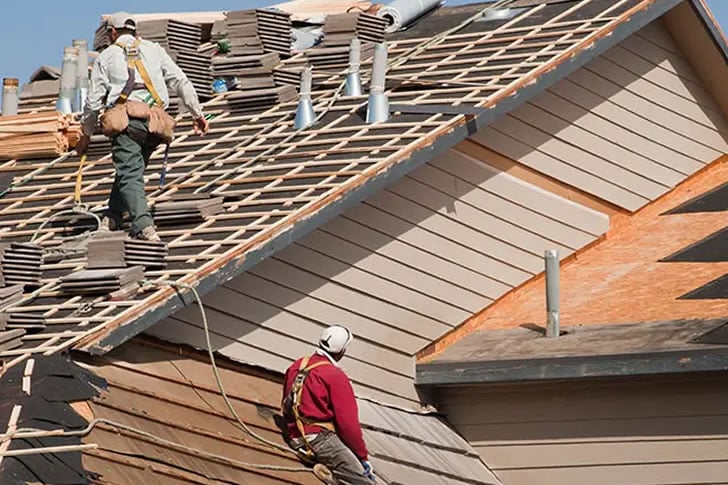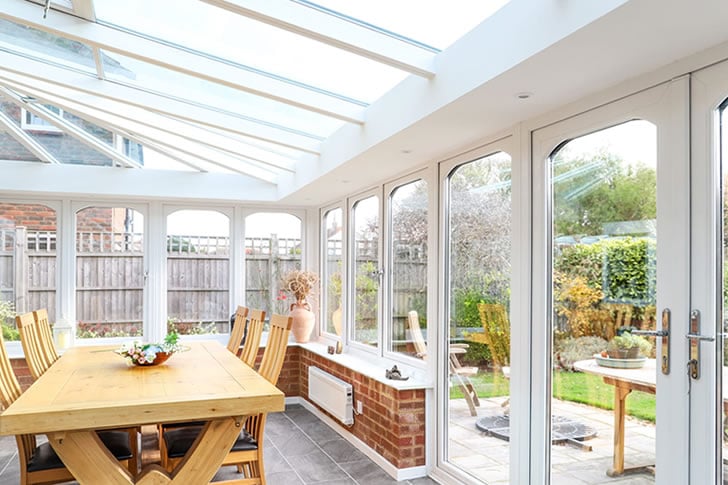Essential Guide to Roof Replacement and Choosing the Right Materials
Replacing your roof is a significant home improvement. This guide will help you understand the process and choose the top materials.

Replacing Your Roof: A Comprehensive Guide
Replacing your roof is a significant home improvement that can enhance your home’s value and protect it from the elements. This guide will help you understand the roof replacement process and choose the best materials for your needs.
Understanding the Roof Replacement Process
When your roof shows signs of wear and tear, addressing them promptly is crucial. The roof replacement process can be complex, but breaking it down into manageable steps can simplify it.
- Professional Inspection: Before deciding on replacement, have a professional inspect your roof. They can identify damage, leaks, and the remaining lifespan of your current roof. An accurate assessment is the foundation of any successful roof replacement project.
- Budget Determination: Determine your budget for the project, considering labor, materials, and any unexpected expenses. A clear budget helps in choosing the right materials and hiring qualified professionals.
- Selecting a Contractor: Choose a reputable roofing contractor. Check their credentials, read reviews, and obtain multiple quotes for comparison. Ensuring your contractor is licensed and insured is vital to protect your investment.
Choosing the Top Roofing Materials
The choice of materials is pivotal in roof replacement, affecting both the aesthetics and functionality of your roof. Here’s a breakdown of common roofing materials:
- Asphalt Shingles: Affordable and widely used, asphalt shingles are available in various colors and styles. They are easy to install and provide decent durability.
- Metal Roofing: Known for its longevity and energy efficiency, metal roofing can be more expensive but offers excellent protection against the elements and can last 40-70 years.
- Wood Shingles and Shakes: These provide a natural aesthetic and good insulation but require more maintenance and are susceptible to fire and rot.
- Slate: A premium option, slate is incredibly durable and can last over a century. However, it is heavy and requires a strong roof structure.
- Tile: Clay or concrete tiles are durable and energy-efficient but can be costly and heavy. They are often used in Mediterranean-style architecture.
Budgeting for Roof Replacement
Understanding the costs involved in roof replacement helps in planning and avoiding unexpected expenses. Here’s what to consider:
- Material Costs: Different materials come with varying price tags. Asphalt shingles are usually the most affordable, while materials like slate and metal can be significantly more expensive.
- Labor Costs: Labor can constitute a significant portion of your budget. The complexity of your roof design and the material chosen affect labor costs. Get multiple quotes and ensure all aspects, including cleanup and disposal, are included.
- Permits and Inspections: Depending on your local regulations, you may need permits for roof replacement. Factor these into your budget and allow time for inspections during and after the project.
- Contingency Fund: Always set aside a contingency fund for unexpected issues like underlying structural damage, which can add to your costs.
Tips for a Successful Roof Replacement
A smooth roof replacement requires careful planning and execution. Here are some tips to ensure success:
- Timing: Plan your roof replacement during favorable weather conditions. Spring and early summer are ideal, as weather is typically more predictable, avoiding the harsh extremes of summer and winter.
- Quality Over Cost: While staying within budget is important, don’t compromise on quality. Investing in better materials and workmanship will save you money in the long run by extending the life of your roof and reducing repairs.
- Ventilation: Ventilation is crucial for the longevity of your roof. Ensure the contractor includes adequate ventilation systems to prevent heat and moisture buildup, which can damage the roof structure.
- Documentation: Keep detailed records of everything related to the roof replacement project, including contracts, receipts, and correspondence with your contractor. This documentation can be invaluable for warranty claims and future repairs.
- Protect Your Property: Roof replacement can be messy. Safeguard your property by covering furniture, removing valuables from walls and shelves, and trimming trees or plants near your home.
Conclusion
A roof replacement is a major home improvement project, but with careful planning and the right materials, it can enhance your home’s value and protection. Consult with professionals, understand your options, and choose materials that best suit your needs and budget. Following these guidelines will ensure a successful and smooth roof replacement.









